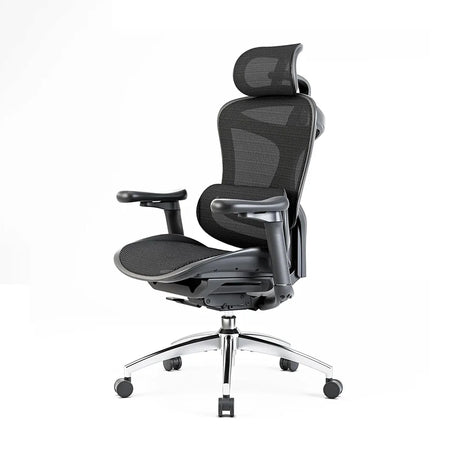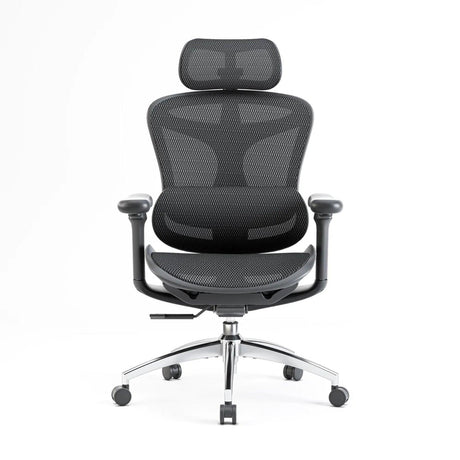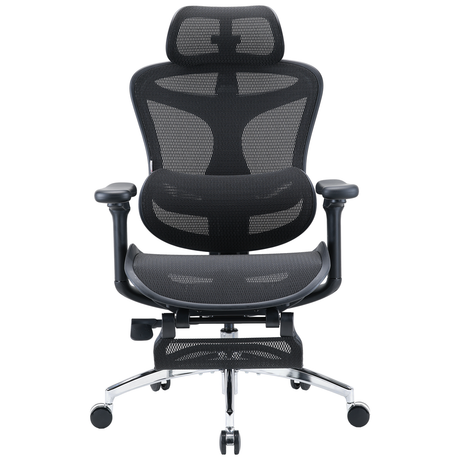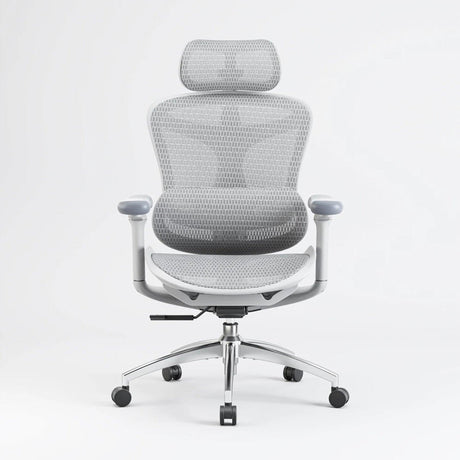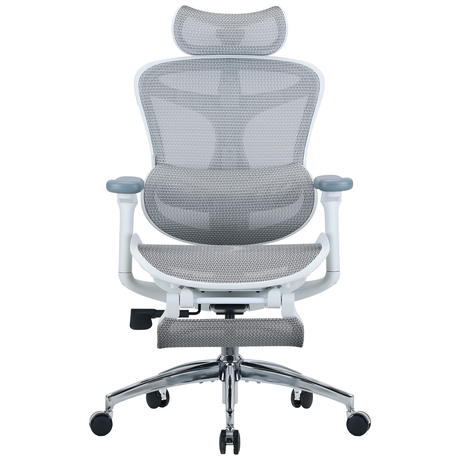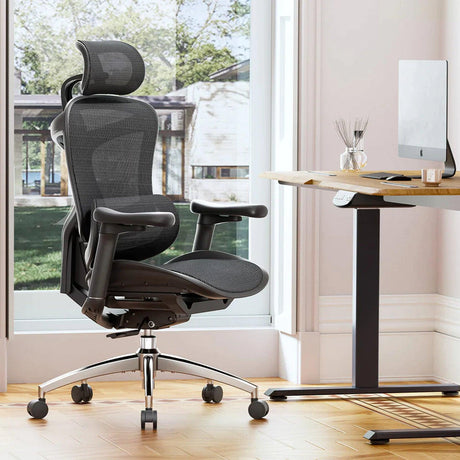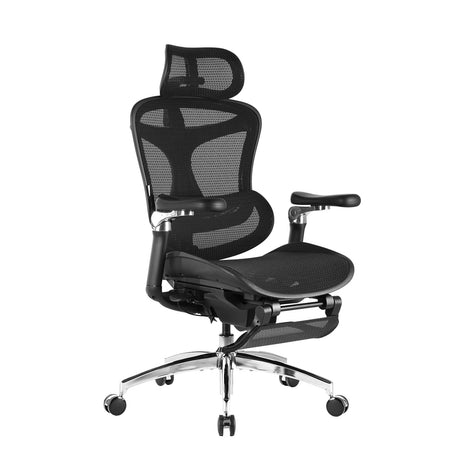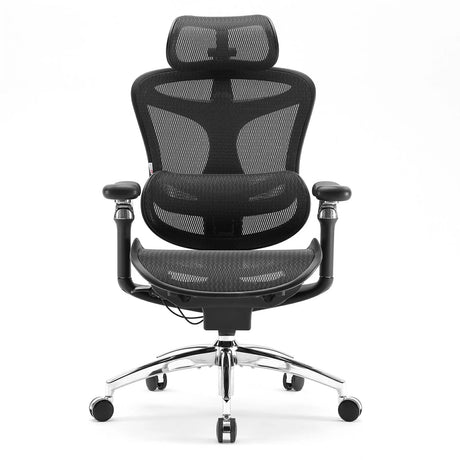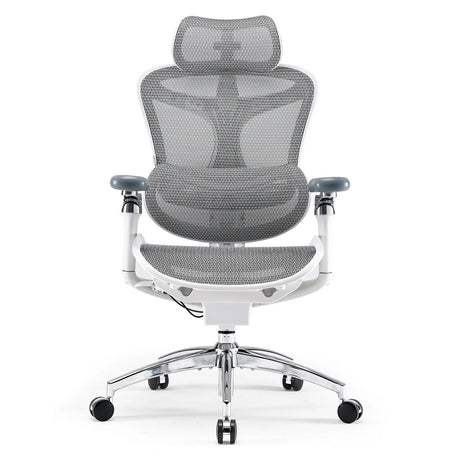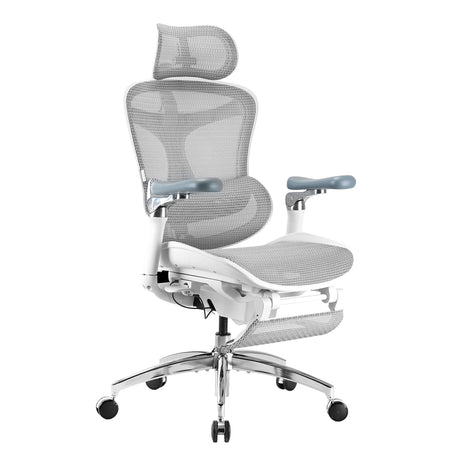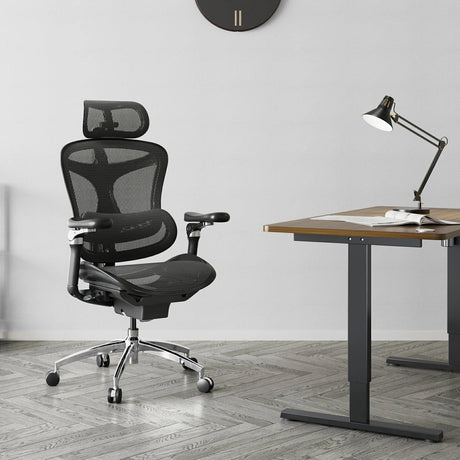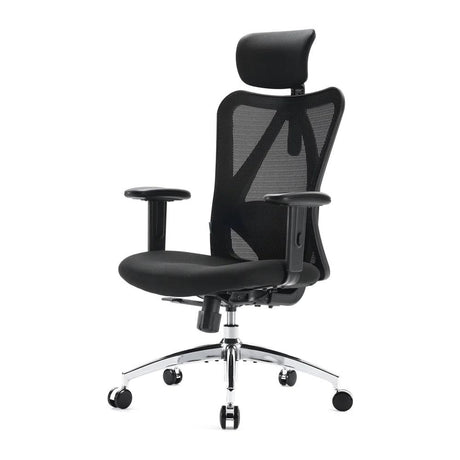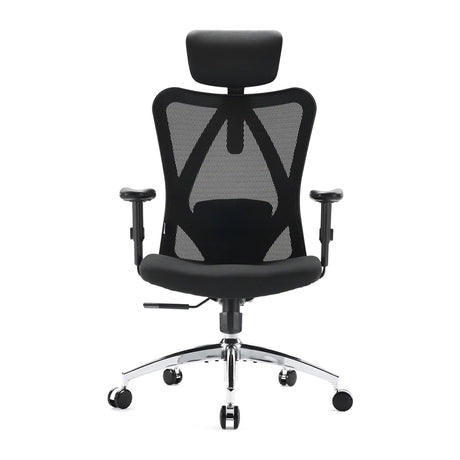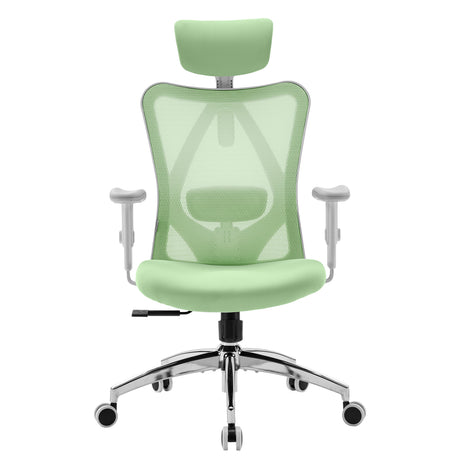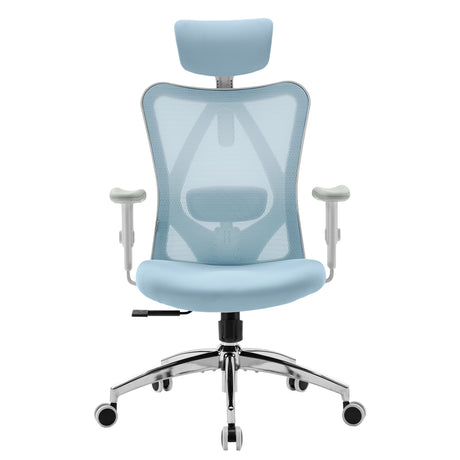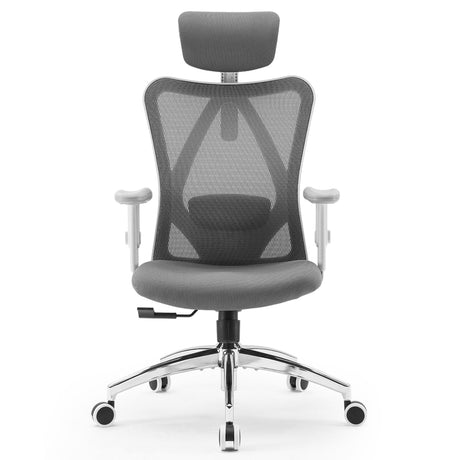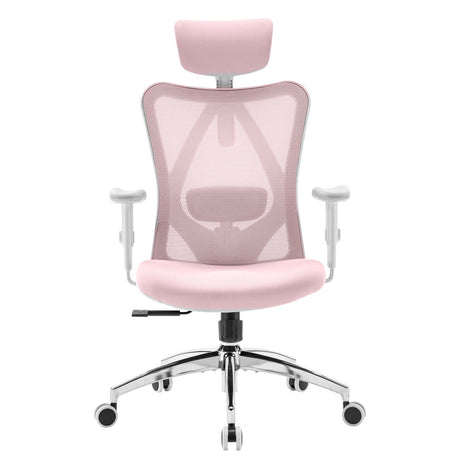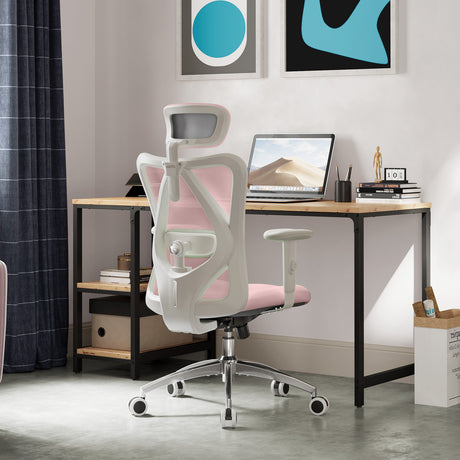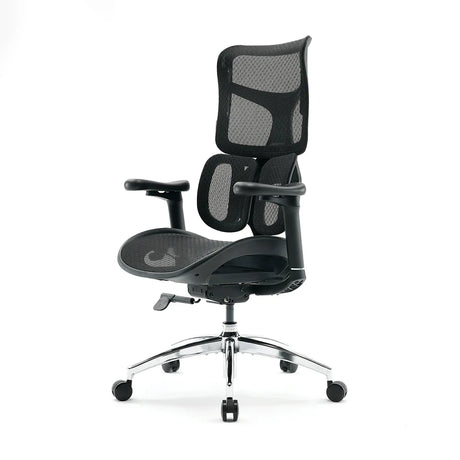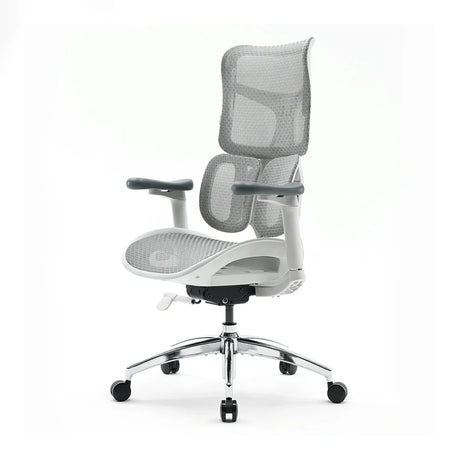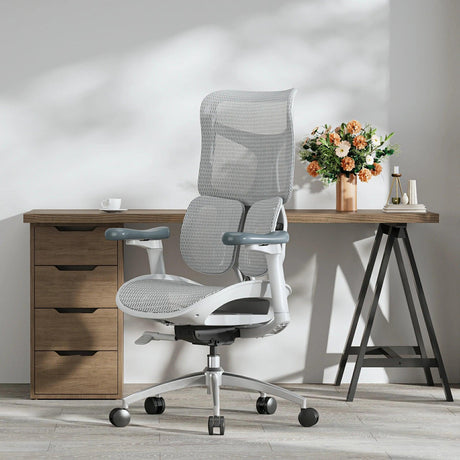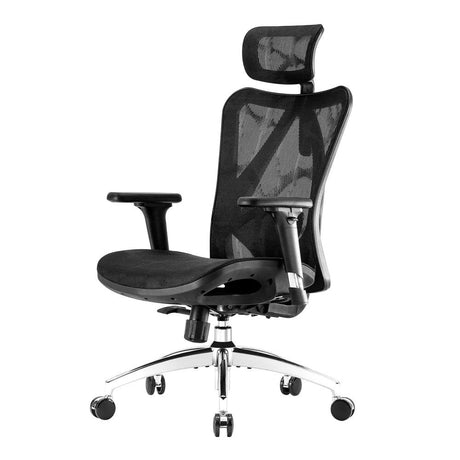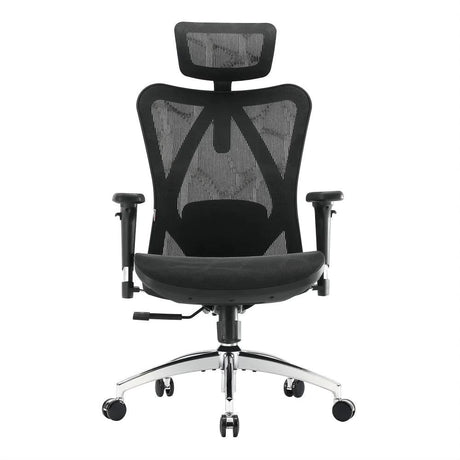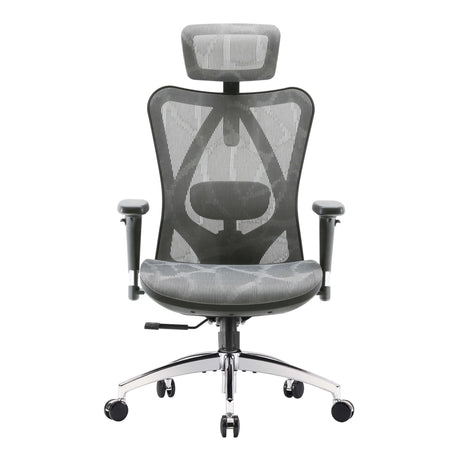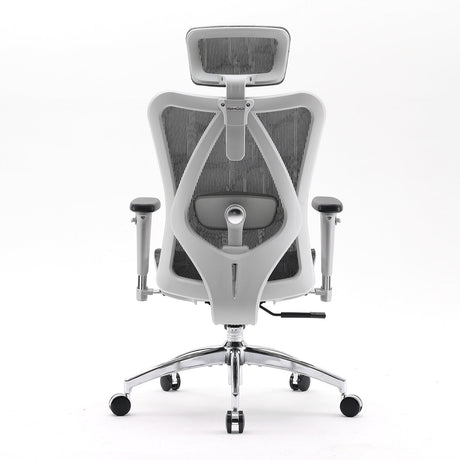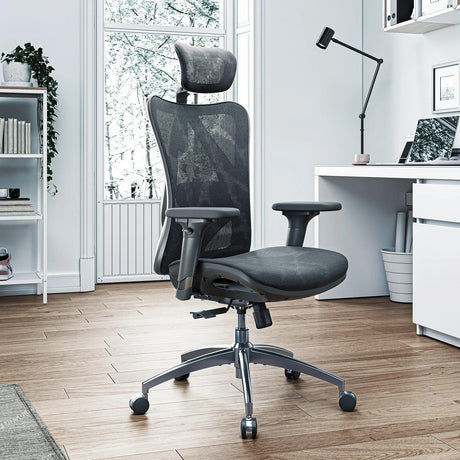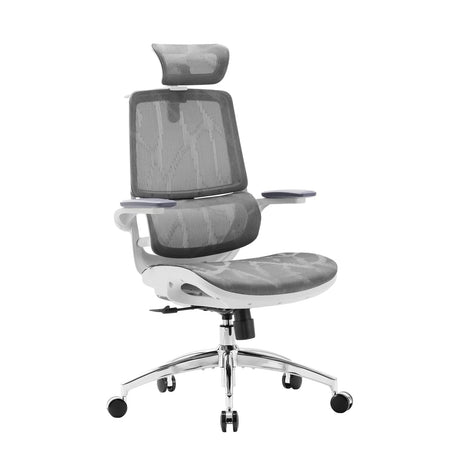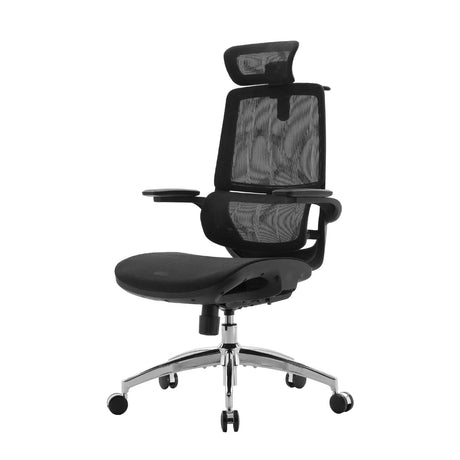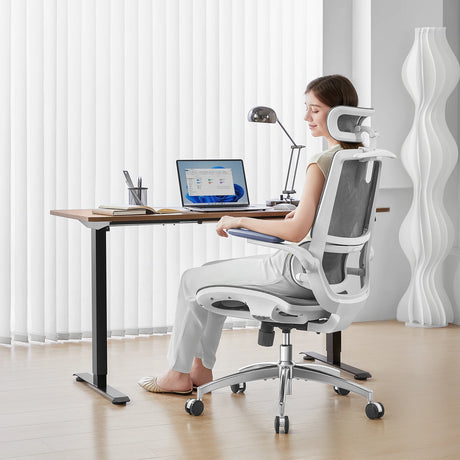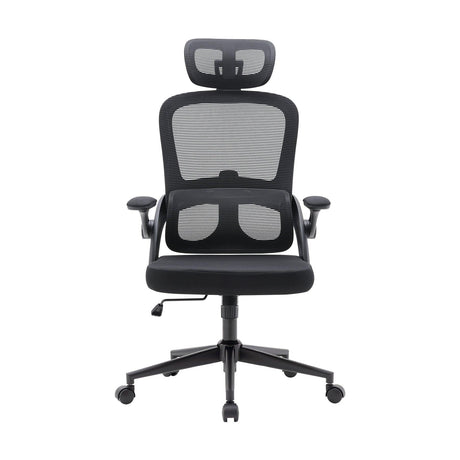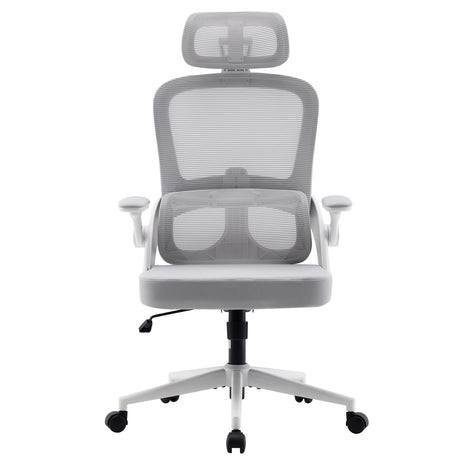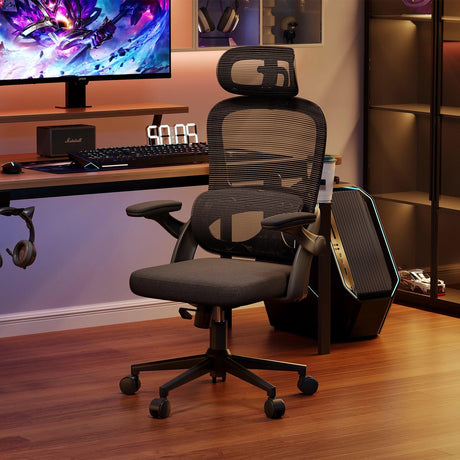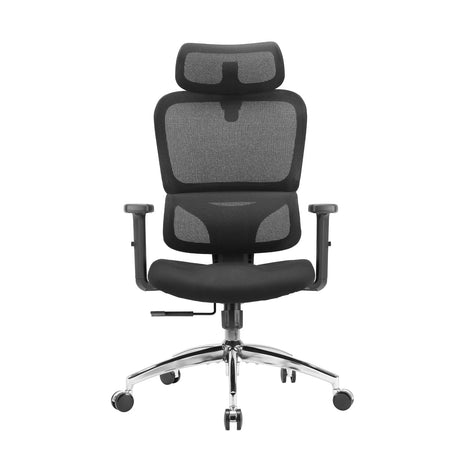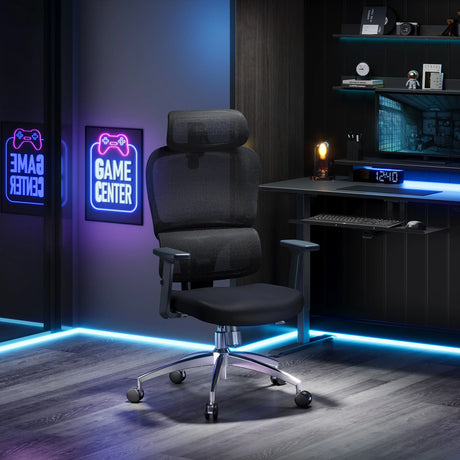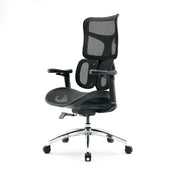Sleep is essential to our physical and mental well-being, but not all sleep is created equal. For many people—whether due to comfort, convenience, or necessity—sleeping in a chair becomes a regular habit. Whether you’re a night-shift worker catching rest in a break room, someone recovering from surgery, or just someone who nods off watching TV, the question remains: Is sleeping in a chair good or bad for you?
In this blog post, we’ll explore this question from multiple angles—physical health, sleep quality, long-term effects, and recommended practices—so you can understand the full implications of chair-sleeping and make informed choices.
Part 1: Why Do People Sleep in Chairs?
Before we explore the pros and cons, it’s important to consider why people end up sleeping in chairs in the first place. It’s not always out of preference—sometimes it’s necessity.
1. Medical Reasons
People recovering from surgery (especially abdominal or shoulder surgeries), or those with conditions like acid reflux, chronic obstructive pulmonary disease (COPD), or congestive heart failure may find it easier and less painful to sleep in an upright or semi-reclined position.
2. Mobility Limitations
Elderly individuals or people with disabilities may find it hard to get in and out of bed. A comfortable reclining chair often serves as a makeshift bed where they can sleep without needing assistance.
3. Comfort and Habit
Some people simply find it comfortable to fall asleep in a recliner or armchair while watching TV or reading. Others develop the habit over time, even preferring it over a traditional bed.
4. Caregiving and Parenting
Caregivers and new parents often sleep in chairs to stay close to patients or infants during the night. Though usually temporary, this type of sleep setup can last for weeks or months.
Part 2: Potential Benefits of Sleeping in a Chair
Although sleeping in a chair is not the traditional or most recommended way to sleep, there are some scenarios in which it may actually offer advantages.
1. Improved Breathing and Posture for Certain Conditions
Sleeping in a more upright position can be beneficial for individuals with:
- Sleep apnea: An elevated head position may reduce airway collapse.
- GERD/Acid reflux: Gravity helps prevent stomach acid from rising.
- Congestive heart failure: Upright posture reduces pressure on the heart and lungs.
For these individuals, lying flat may exacerbate symptoms. A reclined chair can help manage those symptoms while still allowing for rest.
2. Post-Surgery Recovery
After procedures involving the abdomen, chest, or spine, sleeping flat can be painful. A reclining chair allows a more supportive, ergonomic position that minimizes strain and discomfort.
3. Less Movement = Deeper Rest (in Some Cases)
Some people find that being confined to a smaller sleeping space (like a recliner) discourages tossing and turning. This might promote a feeling of security or even lead to fewer disturbances during the night.
Part 3: Downsides and Risks of Sleeping in a Chair
While there are benefits in certain situations, sleeping in a chair regularly—or as a long-term habit—can also lead to a variety of health issues. Let’s examine the downsides.
1. Poor Sleep Quality
Chairs—even recliners—rarely support the body as well as a bed with a proper mattress. You may experience:
- Interrupted sleep cycles
- Reduced REM sleep
- More frequent waking during the night
All of these can leave you feeling groggy, unrested, and irritable the next day.
2. Circulatory Problems
When you sleep in a seated or semi-reclined position:
-
Legs may swell due to poor circulation, especially if the feet are not elevated.
- Deep vein thrombosis (DVT) is a concern, particularly for people who sleep in chairs without moving for long periods. Blood clots can form in the legs and become life-threatening.
3. Muscle Strain and Joint Pain
Sleeping in a chair often results in:
- Stiff neck and shoulders due to poor head support.
- Lower back pain from lack of lumbar support.
- Hip and knee discomfort if the chair angle forces the legs into unnatural positions for hours.
Over time, these aches can develop into chronic musculoskeletal problems.
4. Skin Problems and Pressure Sores
For elderly individuals or those with limited mobility, prolonged contact with a chair's surface can cause pressure sores or skin breakdown, particularly in areas like the tailbone or heels.
5. Mental and Cognitive Effects
Lack of high-quality sleep can lead to:
- Cognitive fog
- Poor memory
- Mood disturbances
- Weakened immune response
Even if you're technically “resting” in a chair, the brain might not enter deep sleep stages consistently.
Part 4: Situations Where Sleeping in a Chair Is Acceptable (or Even Preferable)
Although it's not ideal for everyone, sleeping in a chair can be appropriate in certain cases:
1. Temporary Recovery
Post-surgical patients, especially those recovering from shoulder, back, or abdominal procedures, may be advised to sleep in a recliner to avoid painful transitions or strain.
2. Managing GERD or Sleep Apnea
Mild cases of GERD or sleep apnea might benefit from upright sleeping. In such cases, it's best to use a zero-gravity recliner or adjustable chair that evenly distributes body weight and promotes proper spinal alignment.
3. Short Naps During the Day
Sleeping in a chair for 20–30 minutes as a power nap is typically harmless and may even boost productivity. The problem arises when this becomes the primary method of sleep.
Part 5: Tips for Sleeping in a Chair Safely
If you must sleep in a chair—either temporarily or long-term—there are ways to make it safer and more comfortable.
1. Use a Recliner Over a Standard Chair
A fully reclining chair allows your body to lie back at a 135° angle, which is easier on the spine and lungs than sitting upright.
2. Support Your Neck and Head
Use a travel pillow or memory foam neck rest to prevent head droop. Chairs with adjustable headrests are also beneficial.
3. Elevate Your Legs
Elevating your feet helps prevent swelling and improves circulation. Use a footstool or choose a chair with a built-in leg rest.
4. Cushion Key Pressure Points
Add extra padding under the lower back and behind the knees. This can relieve pressure and support better blood flow.
5. Use a Blanket for Warmth
Chairs often allow more air circulation than a bed, which can lead to feeling cold during the night. Use a breathable blanket to stay comfortable.
6. Stand and Stretch Regularly
If you're napping or sleeping in a chair multiple times a day, make sure to stand up, walk around, and stretch your muscles often to avoid stiffness and blood pooling.
Part 6: What the Experts Say
Most sleep experts recommend sleeping in a bed for optimal sleep quality. However, they also acknowledge that for some individuals—especially those with medical conditions—an upright position can reduce symptoms and improve comfort.
Still, they emphasize that chair sleeping should not be a long-term solution unless advised by a physician. Regular sleep in a bed with proper support and a dark, quiet environment is critical for restorative sleep.
Part 7: Alternatives to Sleeping in a Chair
If you find yourself relying on a chair for sleep, but it’s not out of medical necessity, you might want to consider alternatives that still offer some of the same benefits:
1. Adjustable Beds
These offer the reclined position of a chair but with full-body support. Many come with built-in massage functions, zero-gravity settings, and head/leg elevation.
2. Wedge Pillows
If you’re dealing with acid reflux or breathing problems, wedge pillows can elevate your upper body in bed, simulating a chair-like posture without the downsides.
3. Zero Gravity Recliners
Unlike traditional recliners, zero gravity chairs distribute body weight evenly and reduce spinal compression. They are a better choice for long-term reclined rest.
4. Body Positioning in Bed
Sometimes, strategic pillow placement behind the back, under the knees, or between the legs can make bed sleeping more comfortable without needing a chair.
Part 8: Psychological Impact of Chair Sleeping
Another often overlooked aspect is the emotional and psychological impact of sleeping in a chair.
1. Feelings of Isolation
Sleeping in a separate room or in a chair while others sleep in beds may lead to emotional distance, especially in family or partnership settings.
2. Disturbed Routine
Chair sleeping may become a crutch that disrupts your natural circadian rhythm. For example, if you only fall asleep in front of the TV in your recliner, your body may begin associating sleep only with that specific situation.
3. Loss of Sleep Hygiene
Proper sleep hygiene—like sleeping in a dark room, limiting blue light before bed, and maintaining a bedtime routine—is harder to maintain when you sleep in a common area or a chair.
Conclusion: So, Is Sleeping in a Chair Good or Bad?
The answer is: it depends.
Sleeping in a chair can be good for:
- Short-term medical recovery
- Certain health conditions
- Occasional naps
But sleeping in a chair is likely bad for:
- Long-term health and posture
- High-quality, restorative sleep
- Preventing pain and circulatory issues
If you’re currently sleeping in a chair out of necessity, take precautions to support your body and minimize risks. If you’re doing it out of habit or convenience, consider gradually transitioning to a more supportive sleeping setup.
Final Thoughts
Our bodies were not designed to sleep sitting up. While technology has given us amazing recliners and zero-gravity chairs that can mimic the comfort of a bed, nothing replaces the health benefits of a good mattress and proper sleeping posture.
If you’re dealing with health challenges that require elevated sleeping, consult with a healthcare professional about safe methods. And if you’re simply nodding off in your chair every night, maybe it’s time to rethink your sleep hygiene and invest in a more restful environment.
After all, good sleep is the foundation of good health—no matter where you lay your head.
Related articles: Can You Sleep in an Ergonomic Chair?

